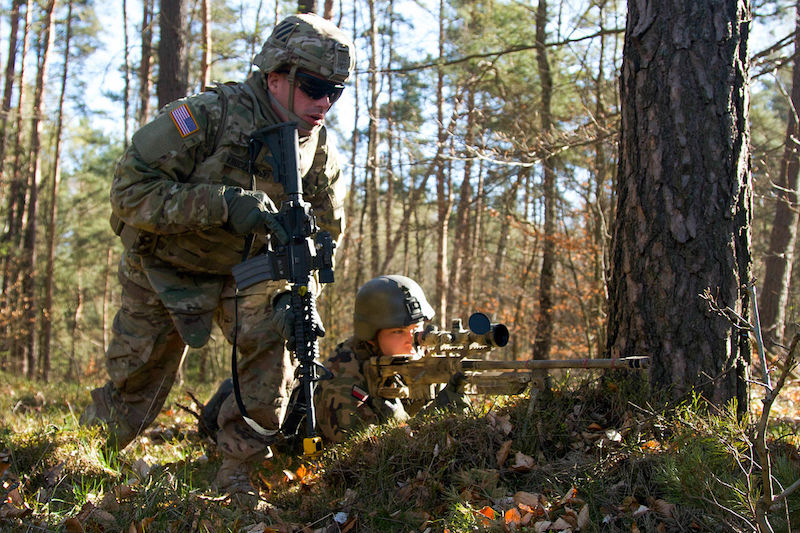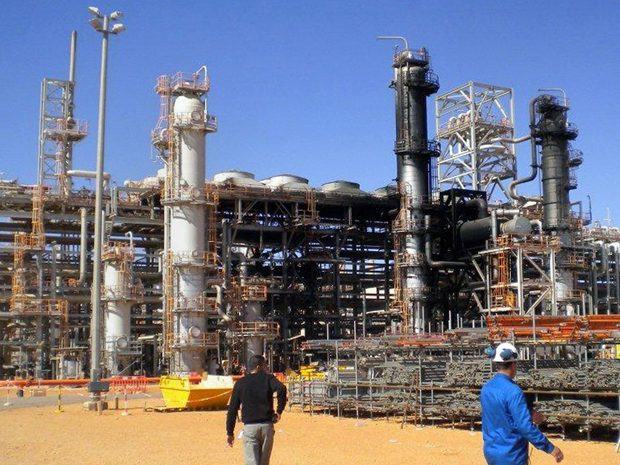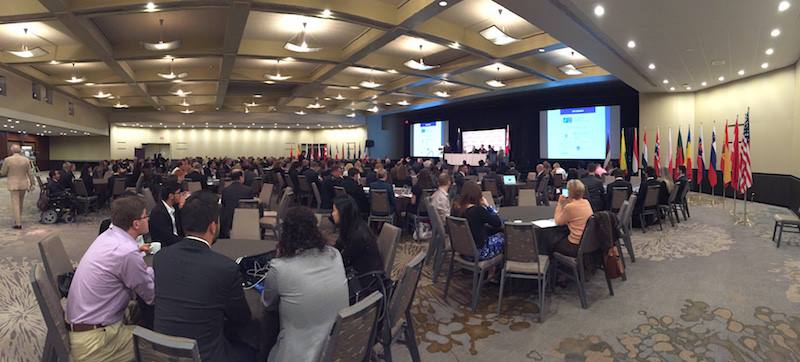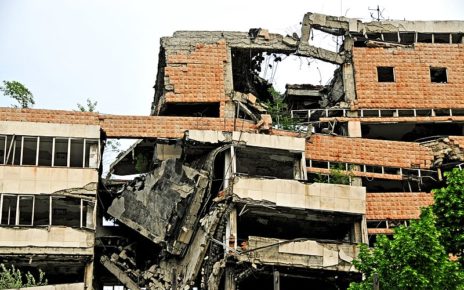There are always two sides to a story, and it is often difficult to discern which one is closest to reality. The NATO-Russia military build-up in Eastern Europe, which is escalating as the days go by, follows a similar logic. To justify military presence in the region, NATO has claimed Russia poses a threat to its Eastern flank. On the other hand, Russia perceives NATO’s deployments as a threat to its security, therefore justifying a military build-up in both Kaliningrad and next to the Baltic states and Poland. This has created a security dilemma, in which the two opposing sides are increasing their defenses in fear of the other, hence leading to heightening tensions. But does Russia really pose a threat to NATO, and vice versa?
The Ukrainian crisis: a paradigm shift
Before looking at the recent escalation between NATO and Russia, one must first understand why the Ukrainian crisis, which began in 2013, has dramatically changed NATO’s view of Russia. Throughout the crisis Russia demonstrated the effectiveness of its army, and its desire to extend its sphere of influence. Russia used both conventional and hybrid warfare methods during the conflict. For example, through the use of ‘little green men’, Russian armed forces were able to hide amongst the Russian-speaking Ukrainian population. While these events demonstrated Russia’s unpredictability, they also showed its ability to exploit the weaknesses of its opponents.
Consequently, NATO fears Russia may try to use similar methods against other countries in an effort to regain its old sphere of influence. The Baltic states in particular are perfect targets with their large Russian speaking minorities, small armies, and geography that makes them easy to cut off from other NATO countries.
Military escalation
Following the annexation of Crimea in 2014, NATO chose to reinforce the defences of its Eastern flank, fearing Russia’s unpredictability and bellicosity. The 2014 Wales Summit created the Very High Readiness Joint Task Force (VJTF), an “Allied joint force . . . able to deploy within a few days” (Wales Summit Declaration, para. 8), and came to the conclusion that a military presence on the Alliance’s Eastern frontier was necessary. The US sent extra aircrafts to bolster the NATO Baltic Air Policing Mission, and large NATO military exercises took place in the region to demonstrate the Alliance’s ability to operate in the Baltic states and Poland. In early January 2017, the US dispatched 1000 soldiers to Poland, with 3000 still on their way, and provided military equipment which includes various armed vehicles such as Abrams M1A1 tanks, Paladin artillery vehicles, and Bradley fighting vehicles. Multinational NATO Battalions composed of roughly 1,000 soldiers have also been sent to protect the Baltic states.
At the same time, Russia has been modernizing its armed forces following the war in Georgia, and seems determined to impose itself on the world stage as a military superpower. Russia recently increased its military presence in its Western sector, near the Baltic borders, and in the Kaliningrad enclave. Russia has also attempted to ensure its safety following the heightening of tensions with NATO by deploying Bastion and nuclear-capable Iskander missiles in the Kaliningrad enclave, with respective reaches of 450 and 500 kilometers. Vladimir Putin has justified that an increase in Russia’s stock of nuclear ballistic missiles is in response to the presence of Ballistic Missile Defence (BMD) facilities in Romania, Poland and Germany, as such facilities may render Russian missiles obsolete.
Offensive and defensive deployments
Although Russia’s claims are comprehensible, there is a stark difference between Russian and NATO deployments. NATO and US deployments in the Baltic States and Poland are for defensive purposes, and even though they do change the regional balance of power, NATO has yet to reach the capacity required to directly pose a threat to Russian national security. As outlined by a RAND corporation war game simulation in 2016, the current deployments may not even be enough to counter an invasion in a Baltic State. Indeed, NATO BMDs are only intended for defensive purposes, and due to their inability to intercept Russian intercontinental missiles, they do not render the latter obsolete.
On the other hand, Russian deployments may be used for both defensive and offensive purposes. The build-up of a large number of troops next to the Baltic border serves to both protect Russia and attack the Baltic states if Russia perceives a need to do so. More importantly, the deployment of missiles in Kaliningrad serves as a deterrent for NATO not to attack the enclave, and may also be used to strike as far as 500km, creating an anti-access/area-denial bubble in the Baltic Sea. Claiming NATO poses a threat to its security has enabled Russia to ‘justify’ these deployments, which in reality seek not only to protect Russia but also to exert pressure on surrounding countries. If Russia only sought to ensure its security, it would have made different military deployments, such as augmenting Kaliningrad’s military forces.
A need for transparency
Because of Russia’s offensive deployments, certain NATO members now perceive Russia as a threat to security. At the same time, however, Russia is using NATO’s own deployments to justify its aggressive actions. While a direct confrontation between the Alliance and Russia is unlikely, as neither currently has enough incentives to dare make the first move, such military build-ups are still dangerous. They can cause misunderstandings between the two sides and could even lead to military accidents. Now, more than ever, there is a need for transparency on both sides — a condition that Russia has had difficulty respecting lately.
Photo: A Polish sniper provides cover for a U.S. Soldier during a situational training exercise as part of Operation Atlantic Resolve on April 22, 2015. (2015), by Spc. Marcus Floyd, 13th Public Affairs Detachment via Wikimedia Commons. Listed under Public Domain.
Disclaimer: Any views or opinions expressed in articles are solely those of the authors and do not necessarily represent the views of the NATO Association of Canada.




